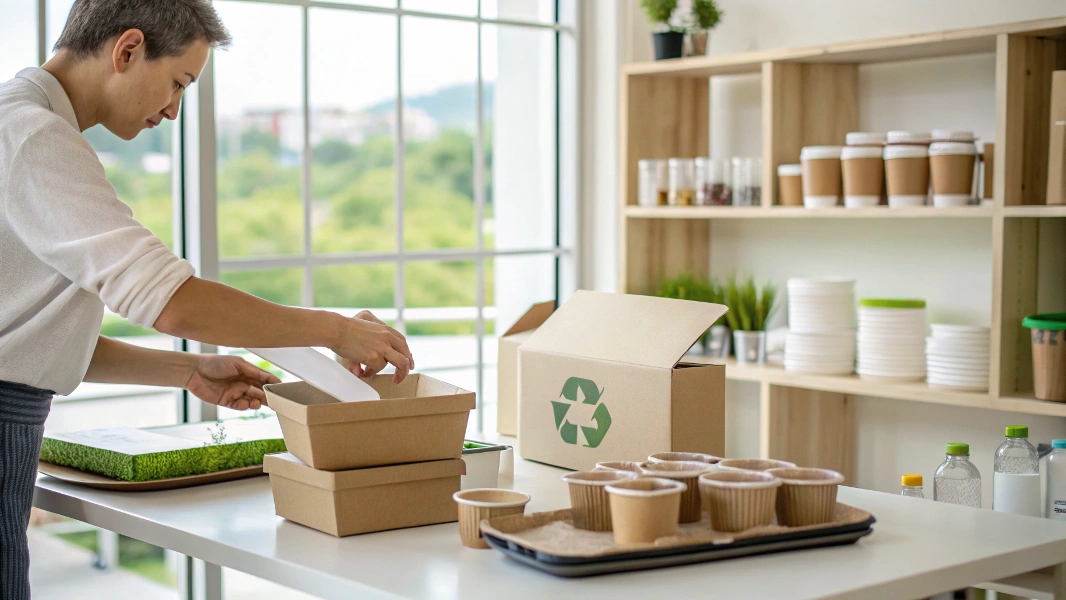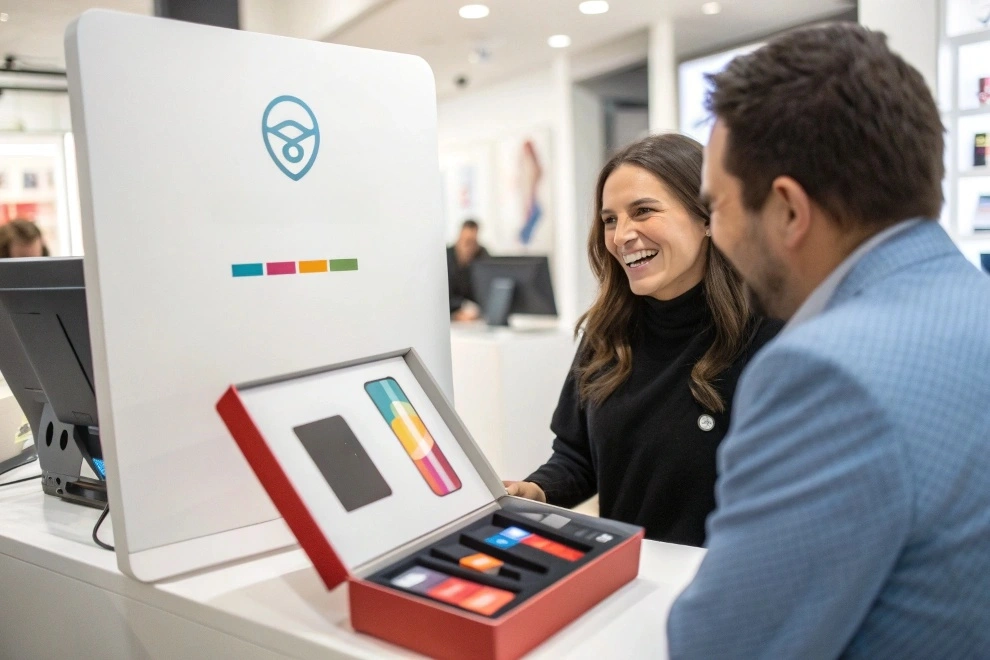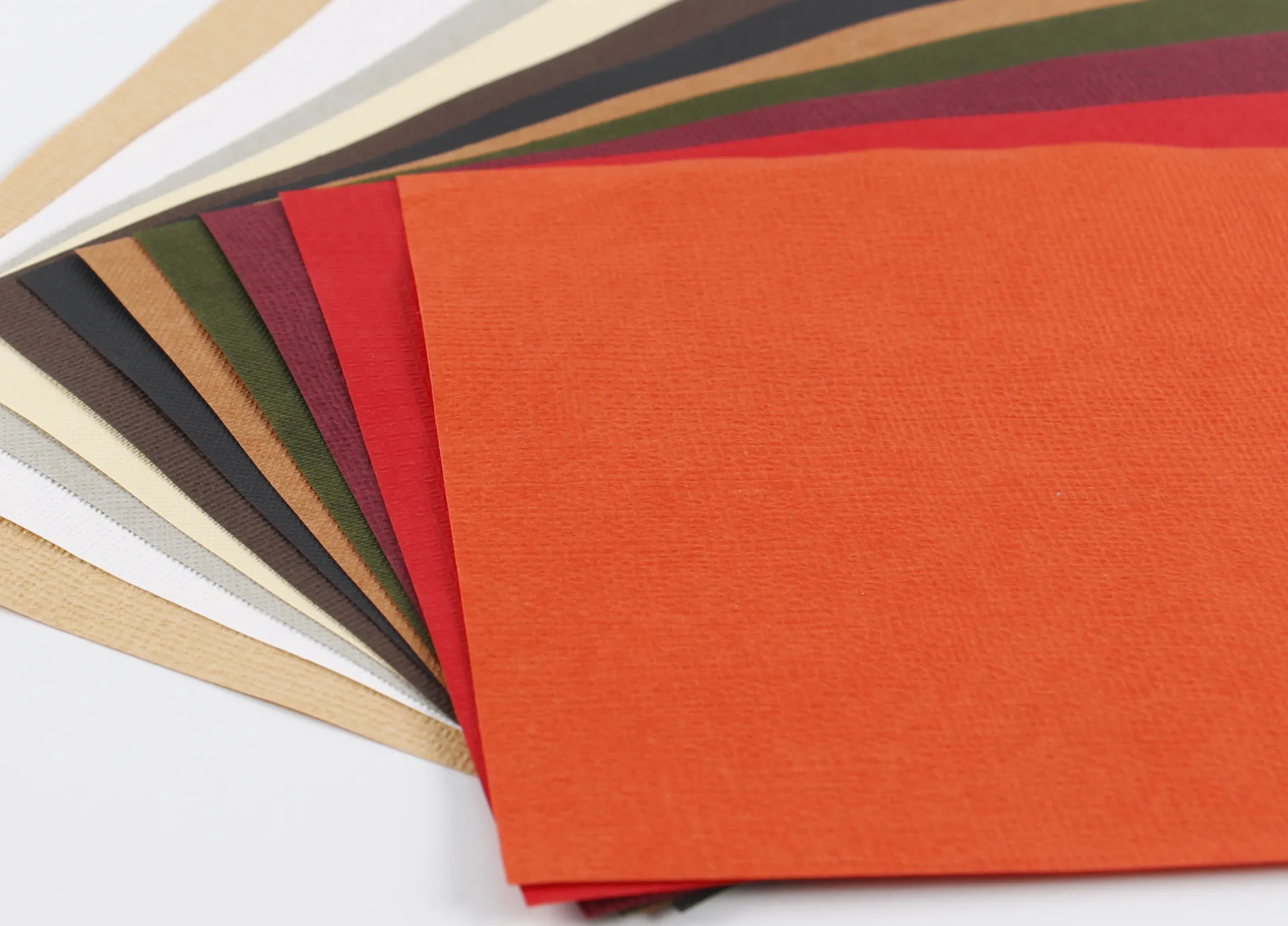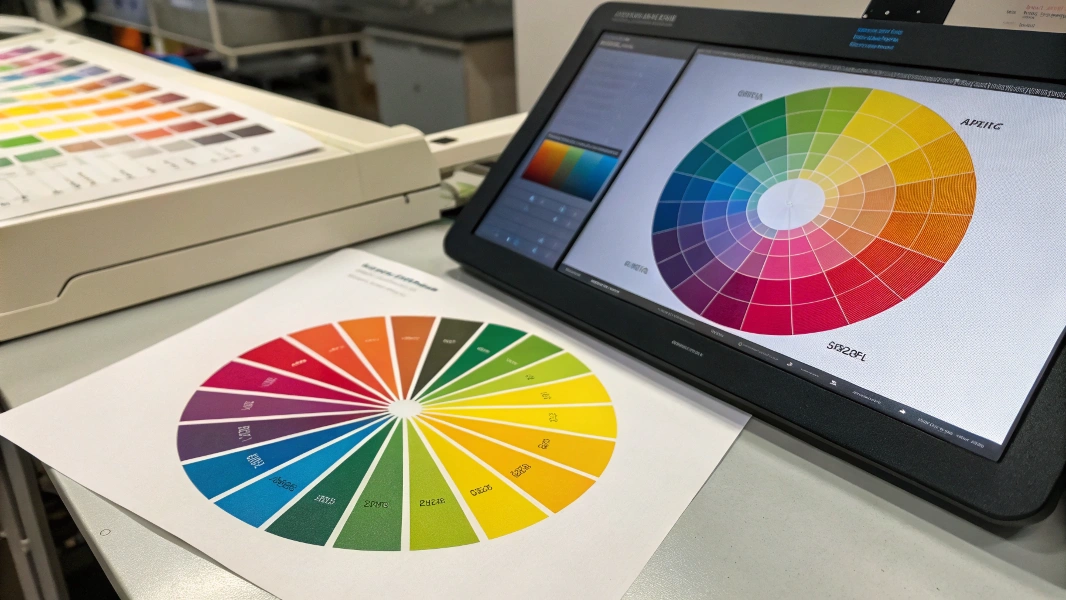Want to start a business that helps the planet? The demand for eco-friendly packaging is growing. Let’s explore how to build a successful sustainable packaging business.
Building a sustainable packaging business can be a win-win. You can help the environment and make money. This guide will help you find your niche. It will help you with sourcing, marketing, and staying ahead of the competition.
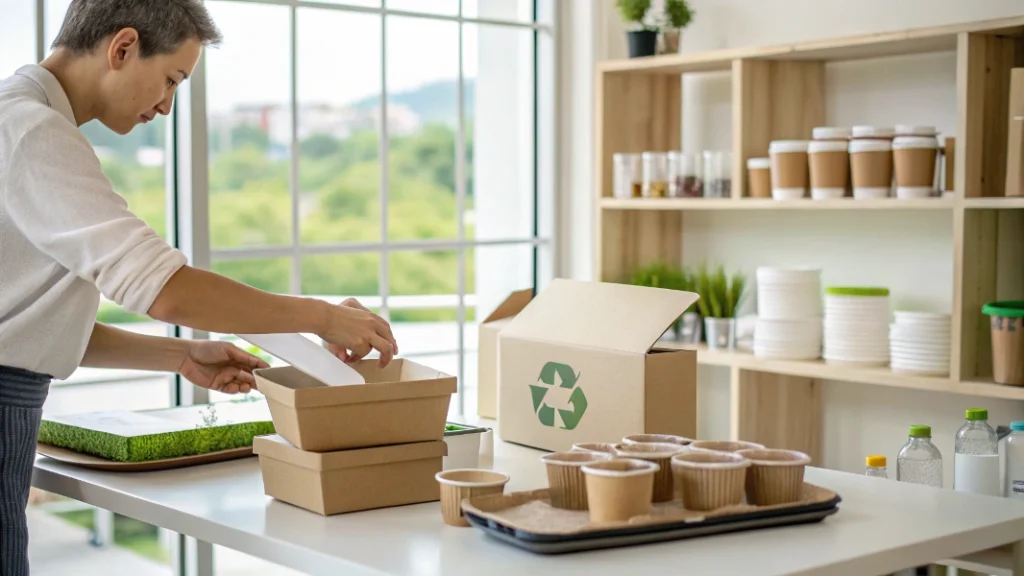
Ready to start? Let’s dive into the steps. You’ll learn how to find your place in the market. You’ll discover how to build a business that is good for the world.
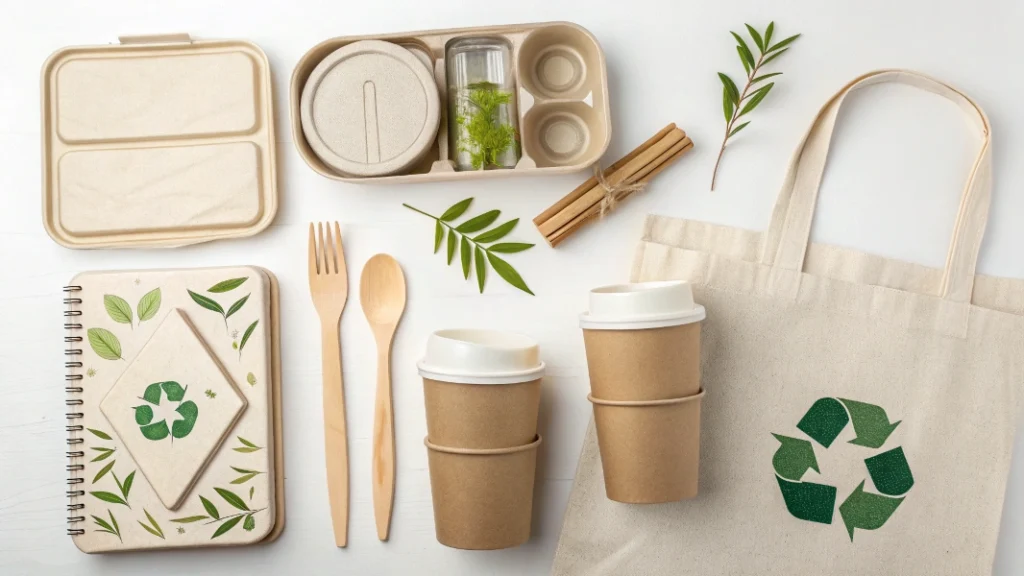
Step 1: Use a “Telescope” to Lock in Your Sustainable Packaging Blue Ocean Market!
The sustainable packaging market is huge. You need to find your special area.
Niche Market Analysis:E-commerce,Food,Cosmetics…Which one is your perfect fit?
Don’t try to do everything. Find one area you know well. This makes it easier to attract customers and stand out.
- Food Packaging: Compostable containers.
- E-commerce Packaging: Recycled boxes.
- Cosmetics Packaging: Refillable containers.
- Industrial Packaging: Reusable containers.
Choosing your niche helps you focus. You can then find customers who need your specific packaging.
Target Customer Profile: What Are Their Pain Points? Are They Willing to Pay for Eco-Friendly Solutions?
Who are you trying to help?
- B Corps: Companies that care about the environment.
- Sustainable Retailers: Stores that sell eco-friendly products.
- Organic Food Producers: Businesses that care about the environment.
Find out what your customers need. Understand their values.
Competitor Analysis: How Are They Performing? What Differentiation Opportunities Can You Find?
Look at your competitors. What are they doing? What can you do better? Find your special advantage. You can offer new materials. You can give better service.
My experience: I’ve seen companies that focus gain a big advantage.
Step 2: Carefully Select and Build Your “Green Arsenal”!
Make sure your materials are truly sustainable. Do not make false claims.
Overview of Mainstream Sustainable Materials: Recycled Paper, Bioplastics, Plant Fibers… Which Is the Most Reliable?
You need to know your materials.
- Recycled Paper: Made from used paper.
- Bioplastics: Made from plants.
- Plant Fibers: Made from plants.
Choose materials carefully. Make sure they are what you say they are.
Environmental Certifications Explained: FSC, PEFC, Compostable… Which Ones Truly Impress Customers?
Get certifications. They show that your materials are good.
- FSC: Sustainable forests.
- Compostable Certifications: Compostable materials.
- Recycled Content Certifications: Shows recycled content.
Show off your certifications. Build trust with customers.
Material Performance Testing: Strength, Moisture Resistance, Temperature Durability… How to Ensure Packaging Quality?
Make sure your packaging works. Test the materials. Ensure it’s strong, resists moisture, and handles temperature changes. The right materials make a difference.
Step 3: Build a Transparent and Efficient Sustainable Supply Chain!
Build a good supply chain. Get your materials from good sources.
Supplier Evaluation: Qualifications, Reputation, Environmental Commitments… None Can Be Overlooked!
Choose suppliers carefully. Make sure they are ethical and sustainable. Check their practices.
Logistics Optimization: Reduce Transportation Steps to Lower Carbon Emissions.
Move your products efficiently. Reduce how far they travel. Use less fuel.
Traceability Systems: Let Customers Know Where Your Packaging Comes From and Where It Will Go.
Be open with your customers. Tell them where your materials come from. Provide details.
Industry Secret: Strong supplier relationships are key.
Step 4: Tell Your Sustainable Packaging Story to Win Customers’ Hearts!
Share your story. Let people know why you care about sustainability.
Brand Positioning: What Is Your Core Value? How to Differentiate from Competitors?
What makes you special? What do you offer that is different?
Content Marketing: Use Case Studies, Data, and Stories to Move Your Target Audience.
Share your information. Show how your packaging works. Give examples.
Social Media: Build Your Eco-Friendly Persona and Engage with Followers.
Use social media. Connect with customers. Share your message.
Important: Be honest about your efforts.
Step 5: Understand Environmental Regulations and Be a Law-Abiding Citizen!
Know the rules. Follow the laws.
Interpretation of Packaging Regulations at Home and Abroad: EU, USA, China… What Are the Latest Requirements?
Learn the packaging rules in your area. Know the rules in other countries.
Environmental Taxes and Fees: How to Reasonably Avoid Them and Reduce Operating Costs?
Understand taxes and fees. Find ways to save money.
Green Design: Reduce Waste from the Source and Improve Recycling Rates.
Design your packaging to reduce waste. Make it easy to recycle.
Step 6: Leverage Industry Associations and Trade Shows to Quickly Enter the Market!
Connect with others. Find customers and partners.
Attend Industry Events: Face-to-Face Communication with Potential Customers and Partners.
Go to events. Meet people. Make connections.
Join Industry Associations: Gain Access to the Latest Information, Resources, and Support.
Join groups. Learn from others. Get support.
Industry Summits: Quickly Understand the Latest Industry Trends.
Go to summits. Learn about new trends.
Step 7: Develop Reasonable Pricing Strategies to Achieve Profit Growth!
Set prices that work.
Cost Accounting: Material Costs, Production Costs, Operating Costs… Every Penny Counts!
Know your costs. See how much it costs to make your product.
Market Pricing: Reference Competitors to Set Competitive Prices.
Look at your competitors’ prices. Make your prices competitive.
Value-Based Pricing: Show Customers Your Unique Value to Win Premium Pricing.
Show customers what makes you special. You might be able to charge more.
Real World: I’ve helped businesses find the right prices.
Step 8: Innovate Products and Services to Build Your Core Competitiveness!
Keep improving your products.
Differentiated Product Design: Unique Structures, Materials, Functions.
Create unique products. Make them stand out.
Value-Added Services: Packaging Design, Logistics Optimization, Recycling Solutions… One-Stop Solutions for Customer Challenges.
Offer extra services. Help customers with design and recycling.
Product Diversification: Paper-based, Wood-based, Filling Materials… Offer Customers More Choices.
Offer more choices. Give your customers options.
Step 9: Secure Funding to Safeguard Your Sustainable Dream!
Get money to start your business.
Angel Investment: Find Like-Minded Investors.
Get money from investors.
Venture Capital: Seek Support from Professional Institutions.
Get help from professionals.
Government Subsidies: Seize Policy Benefits to Lower Operating Costs.
Get help from the government.
Step 10: Continuous Improvement to Maintain Your Leading Position in Sustainable Packaging!
Keep improving. Stay ahead of the competition.
Stay Informed on Industry Trends and Adjust Strategies Timely.
Learn about new trends. Change your plans.
Listen to Customer Feedback and Continuously Optimize Products and Services.
Listen to customers. Make your products better.
Embrace New Technologies to Improve Production Efficiency and Sustainability.
Use new technology. Make your business more efficient.
Final Thought: Always strive for a sustainable future.
Conclusion
Starting a sustainable packaging business can be great. Focus on your niche. Get good materials. Share your story. Then, watch your business grow.

